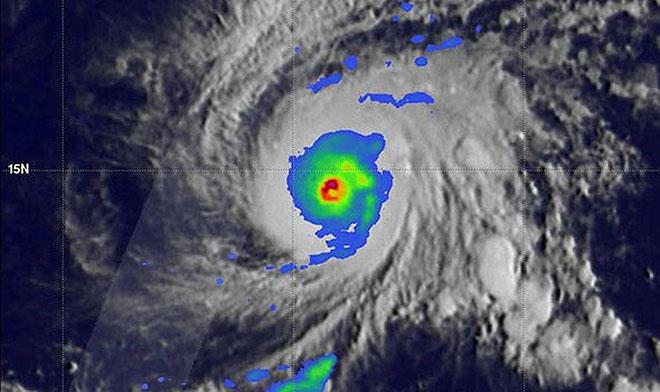
NOAA predictions released for the 2019 hurricane season
by Daria Blackwell 1 Jun 2019 10:22 EST

Hawaii prepares for major hurricane © Daria Blackwell
As the 2019 Atlantic hurricane season officially gets under way June 1, NOAA forecasters say that El Nino and a warmer-than-average Atlantic will shape this season's storm frequency and intensity. But as we all know, it only takes one to bring widespread devastation.
NOAA's Climate Prediction Center outlook forecasts a 40% chance of a near-normal Atlantic season, a 30% chance of an above-normal season and a 30% chance of a below-normal season. An average hurricane season produces 12 named storms, of which 6 become hurricanes, including 3 major hurricanes. The Atlantic hurricane season officially extends from June 1 to November 30.
For 2019 in the Atlantic, NOAA predicts a likely range of 9 to 15 named storms (winds of at least 39 mph), of which 4 to 8 could become hurricanes (winds of 74 mph or higher), including 2 to 4 major hurricanes of category 3, 4 or 5 with winds of 111 mph or more. NOAA provides these ranges with a 70% confidence level.
NOAA also issued seasonal hurricane outlooks for the eastern and central Pacific basins. A 70% chance of an above-normal season is predicted for both the eastern and central Pacific regions. The eastern Pacific outlook calls for a 70% probability of 15 to 22 named storms, of which 8 to 13 are expected to become hurricanes, including 4 to 8 major hurricanes. The central Pacific outlook calls for a 70% probability of 5 to 8 tropical cyclones, which includes tropical depressions, tropical storms, and hurricanes.
This outlook reflects competing climate factors. The ongoing El Nino is expected to persist and suppress the intensity of the hurricane season. Countering El Nino is the expected combination of warmer-than-average sea-surface temperatures in the tropical Atlantic Ocean and the Caribbean Sea, and an enhanced west African monsoon, both of which favor increased hurricane activity.
NOAA's National Weather Service also announced a long-awaited upgrade to its Global Forecast System (GFS) weather model often called the American model. This marks the first major upgrade to the dynamical core of the model in almost 40 years and will improve tropical cyclone track and intensity forecasts.
Full NOAA prediction statement available here.
This article has been provided by the courtesy of Ocean Cruising Club.